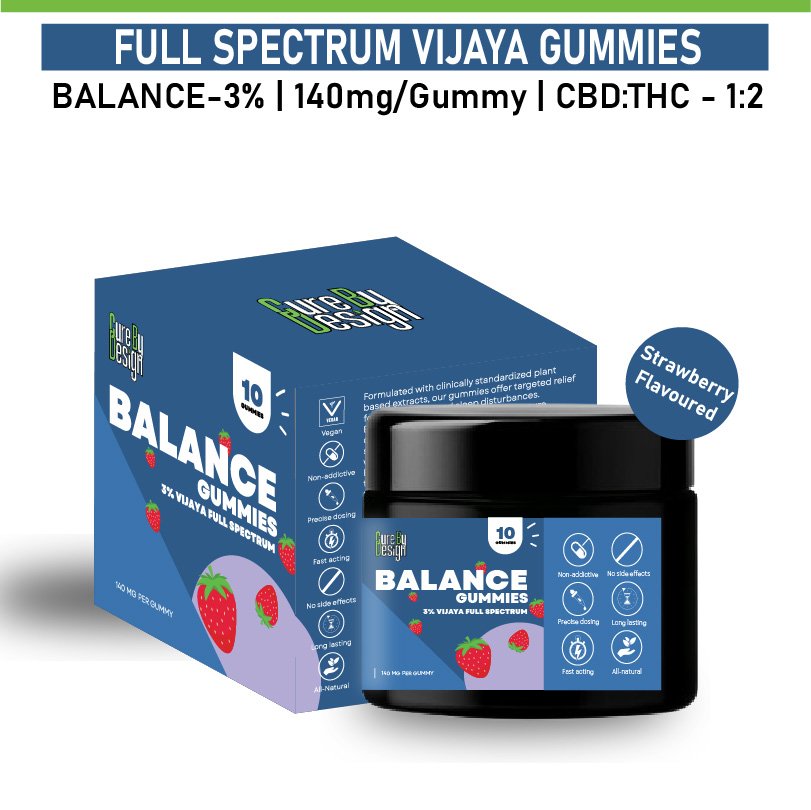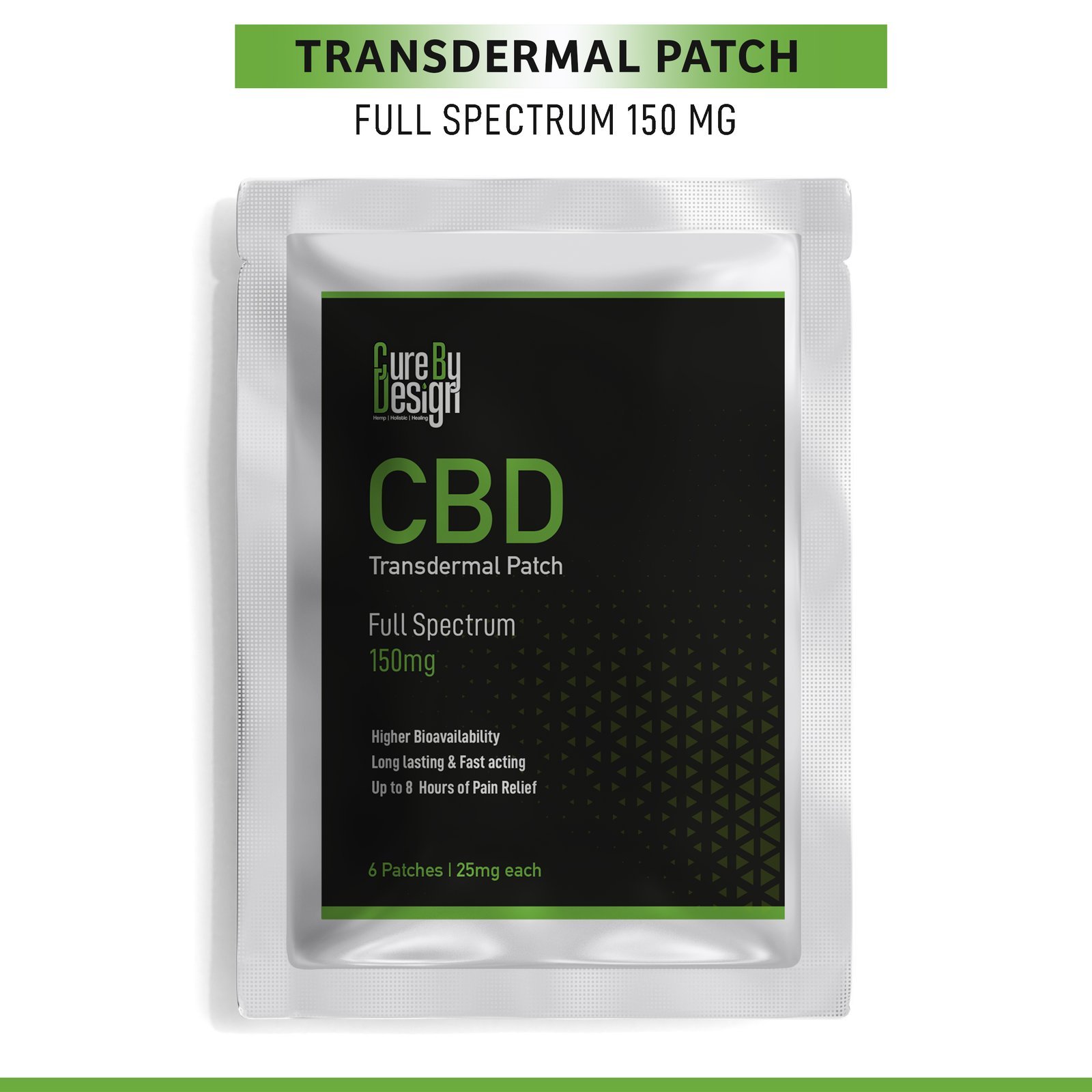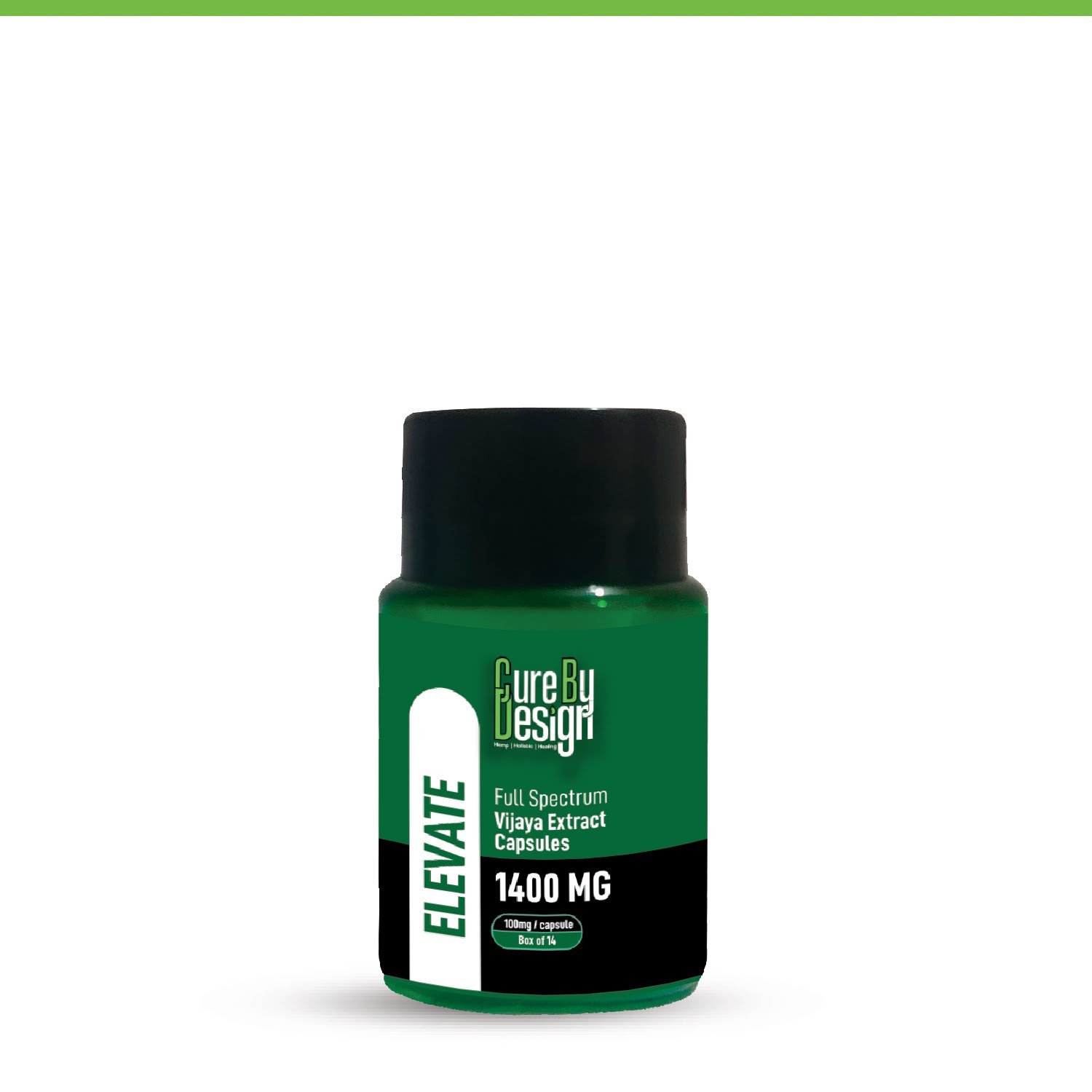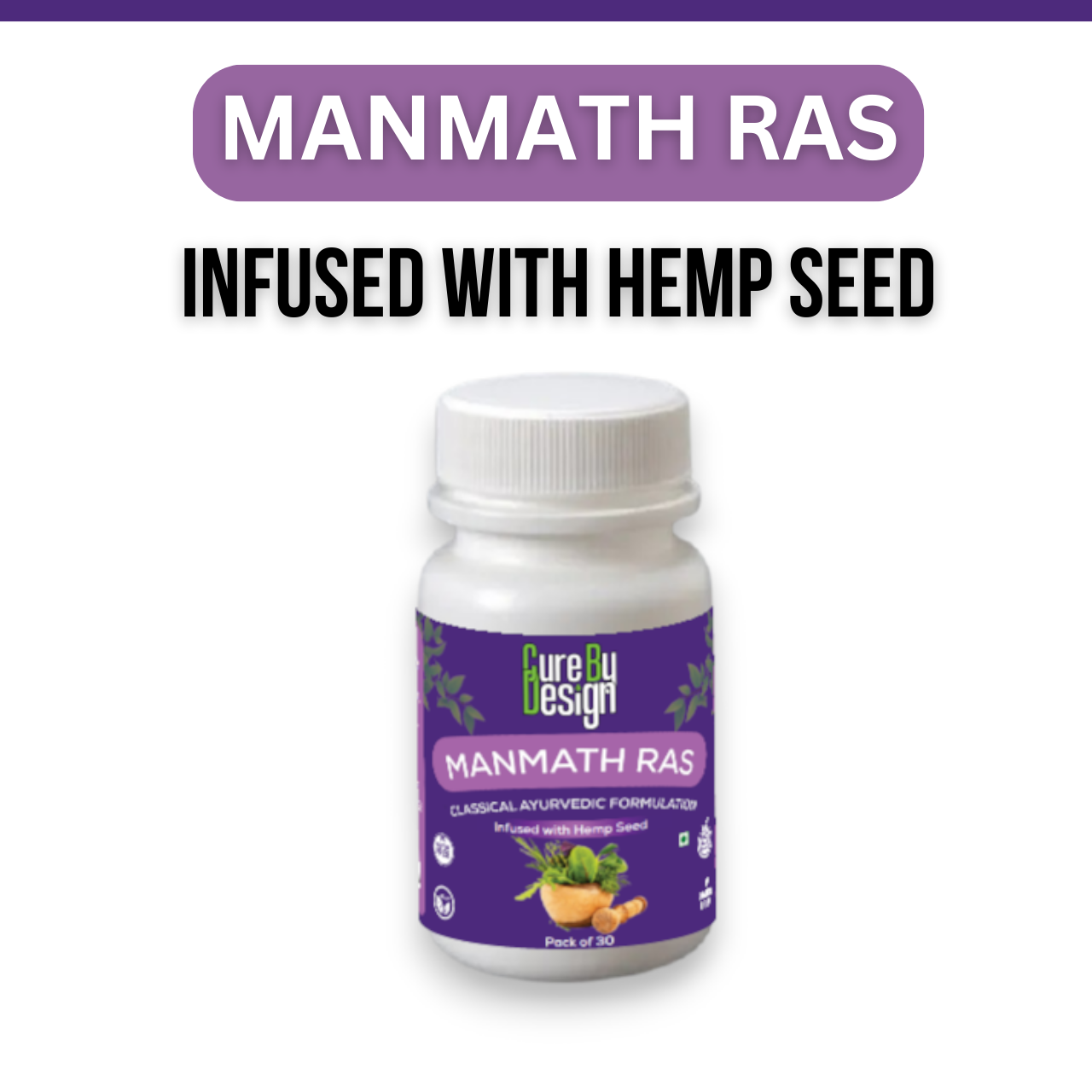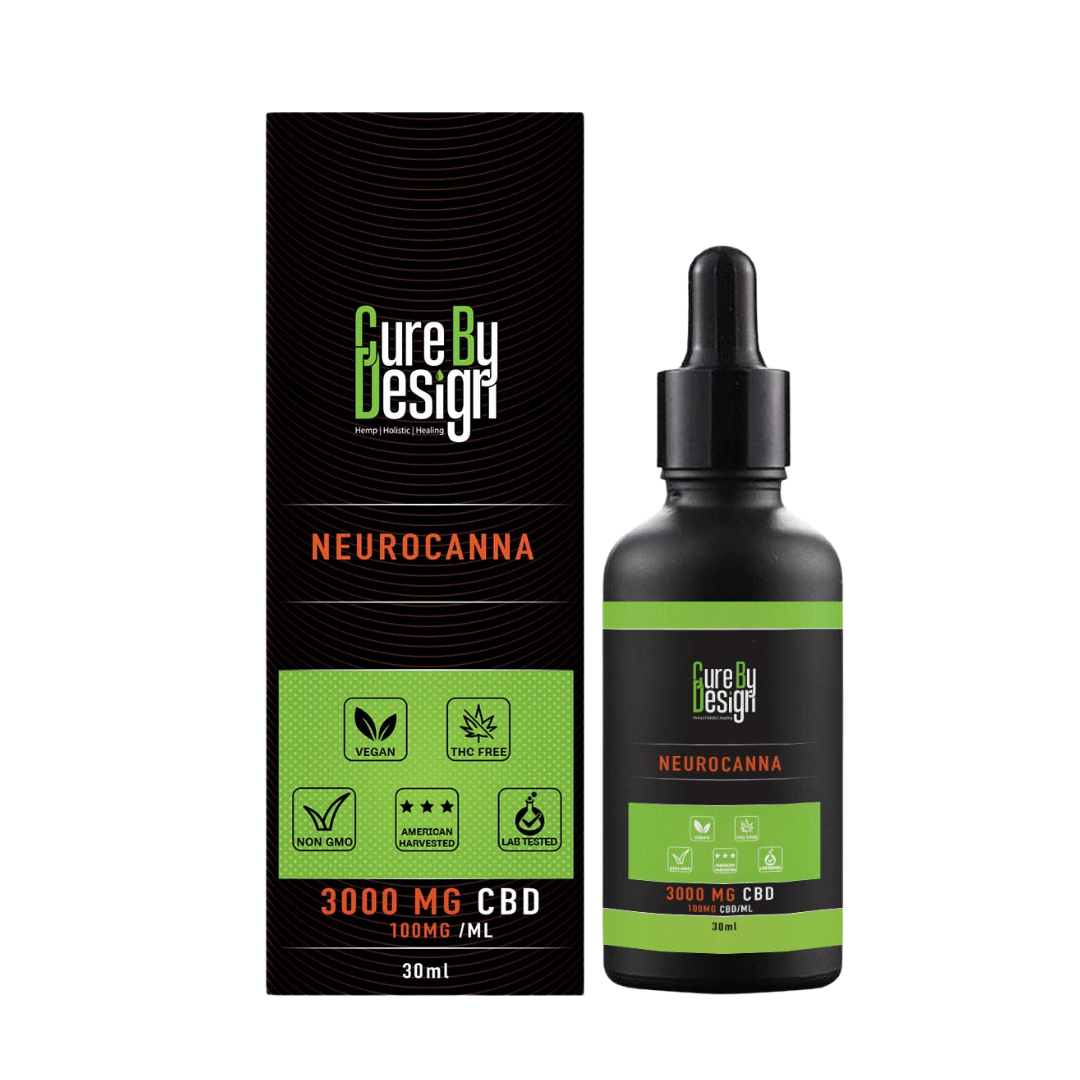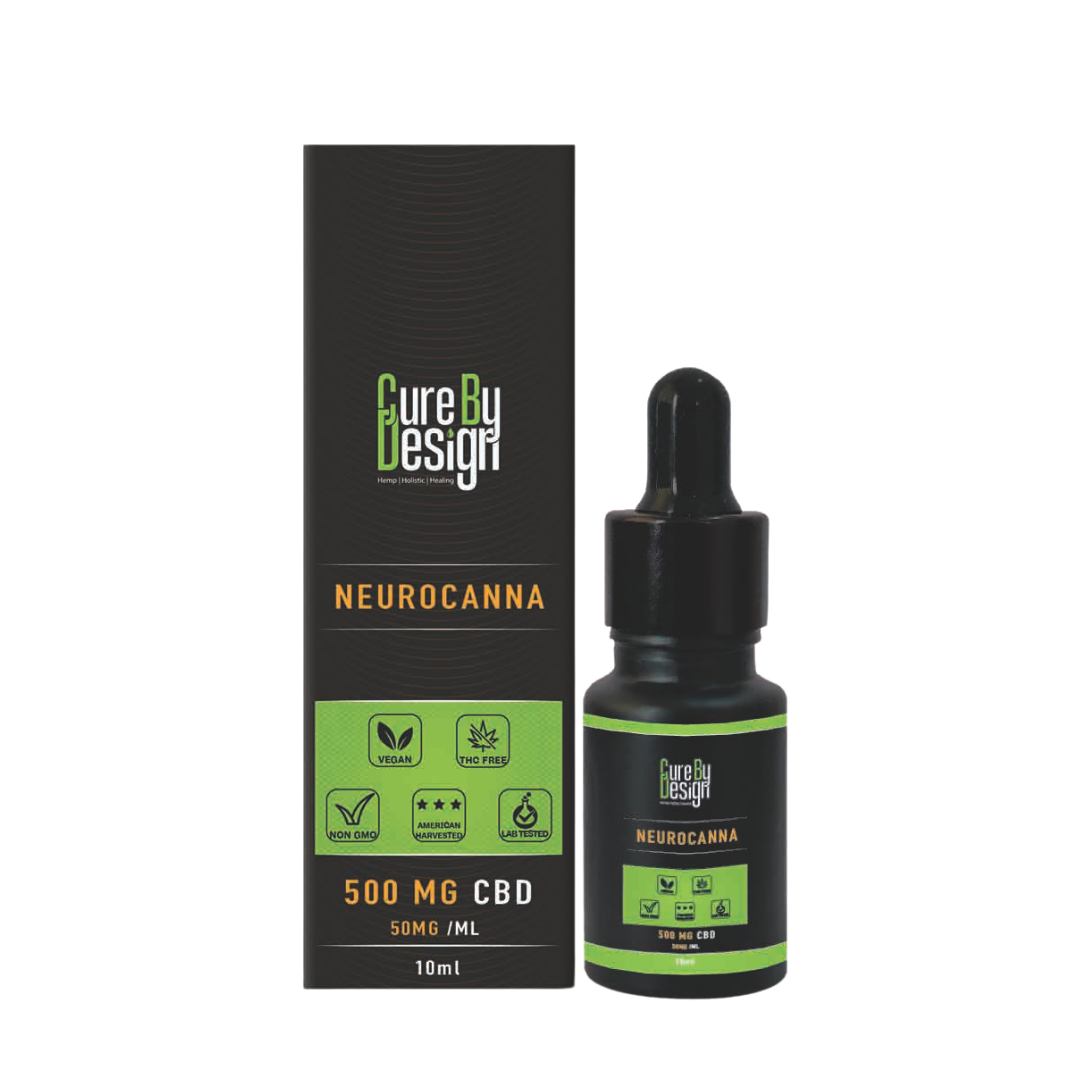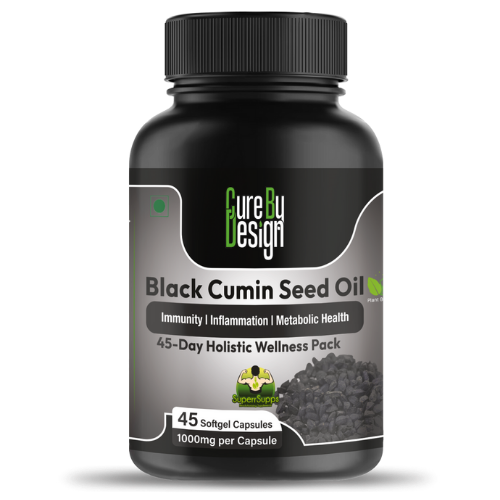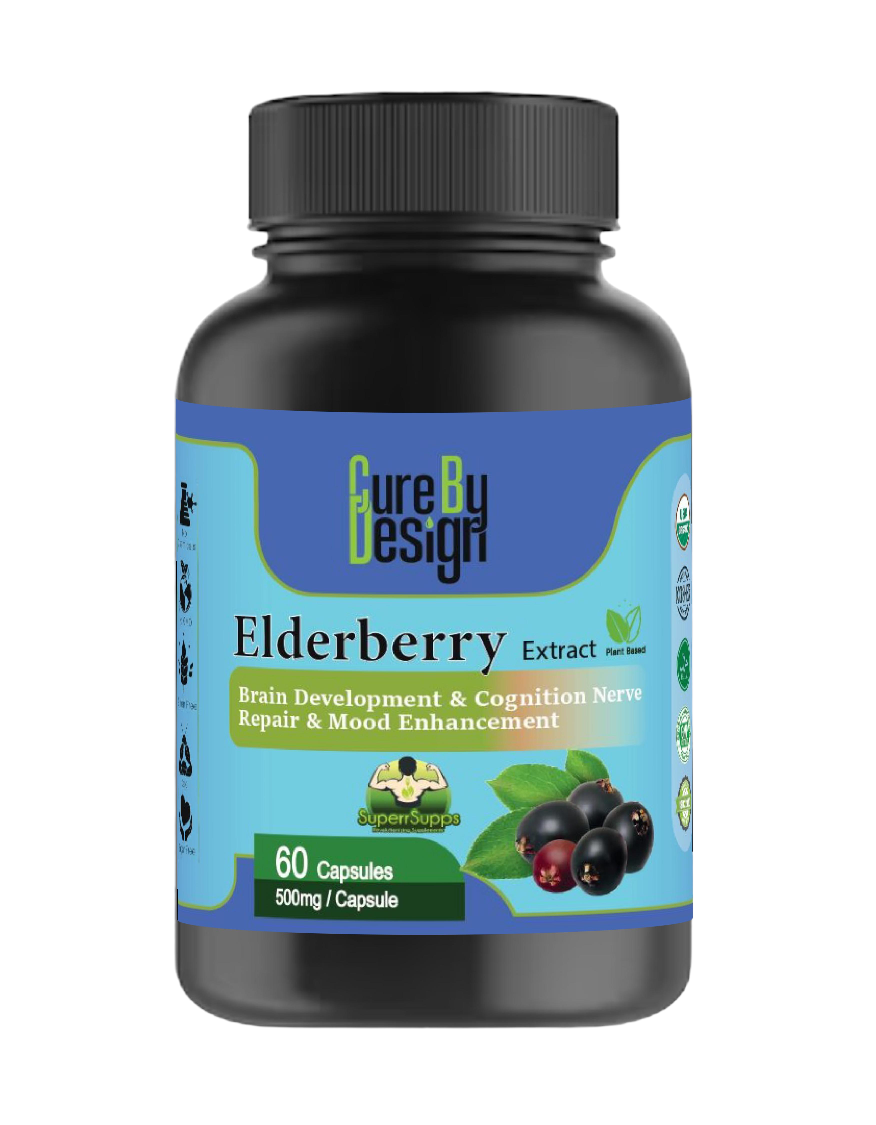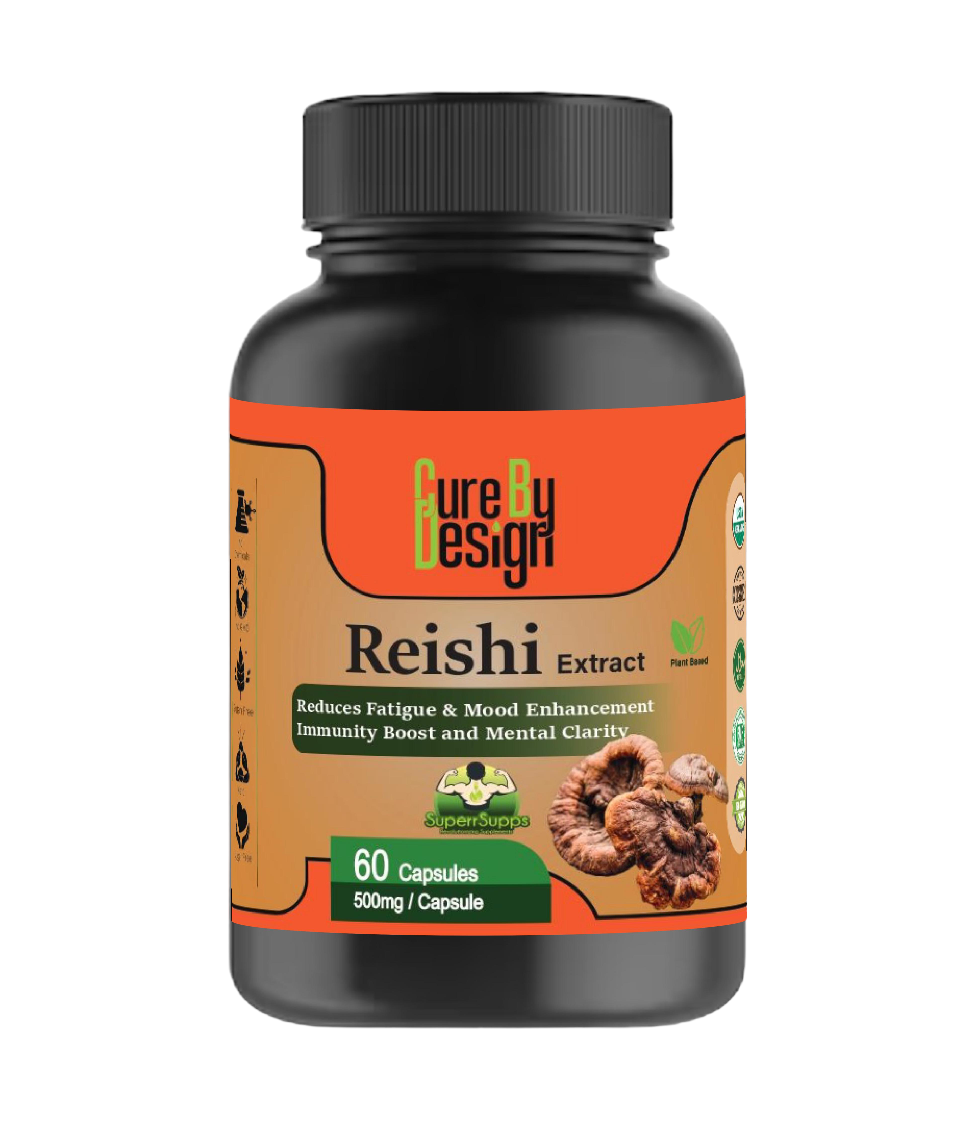How CBD oil Can help Manage Chronic Pain

Chronic pain is a widespread issue impacting many people’s lives, often leading to disability and a decline in overall well-being. Traditional pain relief methods, especially opioids, come with various risks and side effects. In contrast, CBD oil offers a non-psychoactive alternative that has been gaining attention for its potential efficacy in managing pain. It works by interacting with the body’s endocannabinoid system, helping to modulate pain perception through different receptors. Evidence from studies suggests that CBD may significantly alleviate chronic pain associated with conditions like arthritis and fibromyalgia while being safer than opioids. However, further research is needed for standardized dosing and comprehensive evaluation of its long-term benefits. Consulting healthcare professionals before starting CBD treatment remains essential for proper guidance tailored to individual needs.
Table of Contents
- Chronic Pain: A Global Health Challenge
- What is CBD and How is it Different?
- How CBD Works in the Body
- Research Findings on CBD for Pain Relief
- Conditions That May Benefit from CBD
- Recommended Dosages for CBD Use
- Understanding CBD’s Safety and Side Effects
- The Current Regulatory Environment for CBD
- The Future of CBD in Pain Management
- Frequently Asked Questions
Chronic Pain: A Global Health Challenge

Chronic pain is a serious health issue that affects more than 20% of adults around the world. This condition can arise from various ailments, such as arthritis, fibromyalgia, or even injuries, and it often results in a heavy burden on healthcare systems due to the associated costs. The ongoing discomfort caused by chronic pain can lead to significant mental health challenges, including anxiety and depression, as individuals struggle to cope with their daily lives.
Despite the prevalence of chronic pain, many patients find that effective treatment options are limited. This situation has created a demand for alternative therapies, particularly as the opioid crisis illustrates the dangers of relying solely on traditional pain relief methods. Many individuals are turning to holistic approaches like CBD to manage their pain, driven by a growing acceptance of cannabis-based treatments in various cultures. However, chronic pain remains undertreated for many, highlighting the need for increased awareness and education about alternative treatments, including CBD.
Healthcare providers are becoming more open to discussing CBD as a viable option for pain management, recognizing its potential benefits amidst the challenges posed by conventional methods.
What is CBD and How is it Different?
CBD stands for cannabidiol, one of the many cannabinoids found in the cannabis plant. Unlike THC, which is the psychoactive compound responsible for the ‘high’ associated with cannabis, CBD does not have these effects. This characteristic makes it particularly appealing for therapeutic use. CBD is mainly extracted from hemp, a variety of cannabis that contains low levels of THC, making it legal in many places.
CBD comes in various forms, including oils, capsules, edibles, and topical creams, allowing consumers to choose the method that suits them best. However, the extraction process and the purity of the product can vary significantly between brands, which can affect its effectiveness. Full-spectrum CBD contains all the cannabinoids present in the plant, while CBD isolate contains only pure CBD.
Another important distinction for consumers is the difference between hemp oil and CBD oil. Hemp oil typically comes from the seeds of the hemp plant and does not contain significant amounts of cannabinoids, while CBD oil is specifically derived from the flowers, leaves, and stalks, where CBD is concentrated. As CBD gains recognition in the medical community for its potential therapeutic benefits, the market has seen a surge in product innovations. However, with this growth comes the challenge of distinguishing between reputable and questionable products, making it essential for consumers to research and choose wisely.
How CBD Works in the Body
CBD interacts with the endocannabinoid system (ECS), which plays a crucial role in regulating various bodily functions such as pain, mood, and immune responses. The ECS consists of receptors, specifically CB1 and CB2, along with enzymes and endocannabinoids produced by the body. CB1 receptors are mainly located in the brain and nervous system, while CB2 receptors are found in the immune system. Unlike THC, CBD does not bind directly to these receptors, but it influences them in a more indirect manner. This interaction may enhance the effects of endocannabinoids, aiding in the maintenance of balance within the body.
Research indicates that CBD can reduce inflammation, a significant contributor to chronic pain. By modulating the pain signals sent to the brain, CBD can alter how pain is perceived, potentially providing relief for those suffering from chronic conditions. Additionally, CBD’s interaction with serotonin receptors could also play a role in its effects on mood and anxiety, which are often linked with chronic pain. Understanding how CBD works in the body can help tailor its use for specific conditions, offering a more personalized approach to pain management. However, it is important to note that further research is needed to fully comprehend the complex interactions of CBD within the body.
Research Findings on CBD for Pain Relief
Numerous studies suggest that CBD may effectively reduce various types of chronic pain, offering hope to those who suffer from conditions like arthritis and multiple sclerosis. A systematic review highlighted that CBD can alleviate pain related to these conditions, showing its potential as a viable option for pain management. Additionally, animal studies have demonstrated promising results in reducing inflammation and the perception of pain when CBD is used. Clinical trials are currently ongoing to assess the long-term efficacy and safety of CBD for pain management, aiming to provide clearer insights into its benefits.
Some studies indicate that CBD may enhance the effectiveness of traditional pain medications when used together, which could be particularly beneficial for patients seeking relief from chronic pain. Research has consistently shown that CBD may be especially effective for neuropathic pain, a type of pain that often resists other treatments. Meta-analyses support the notion that CBD can significantly improve the quality of life for chronic pain patients, although individual responses to CBD can vary widely, emphasizing the need for personalized treatment approaches.
While limited studies have explored the combination of CBD with other cannabinoids for pain relief, the existing evidence points to the potential for a synergistic effect. However, more rigorous clinical trials are needed to validate these findings and establish standardized dosages to guide usage effectively.
| Study Type | Condition | Key Findings | Efficacy Level |
|---|---|---|---|
| Systematic Review | Arthritis | CBD reduces inflammation and pain significantly. | High |
| Animal Study | Neuropathic Pain | Promising results in reducing pain perception. | Moderate |
| Clinical Trials | General Chronic Pain | Effective pain relief without developing tolerance to opioids. | High |
| Meta-Analysis | Multiple Sclerosis | Alleviates pain and muscle spasms effectively. | High |
| Observational Studies | Cancer Pain | Used as an adjunct therapy, reducing opioid dosage required. | Moderate |
Conditions That May Benefit from CBD
CBD oil has shown promise in alleviating pain for various chronic conditions. For instance, arthritis sufferers may find relief as CBD helps reduce inflammation and discomfort, making daily activities more manageable. Patients with fibromyalgia often report improved sleep quality and reduced pain levels when incorporating CBD into their treatment regimen. Additionally, those living with multiple sclerosis may experience a decrease in muscle spasms and associated pain, thanks to CBD’s therapeutic effects. Cancer patients, too, may benefit from using CBD as a complementary approach to pain management, easing discomfort without increasing opioid dosages. Chronic back pain is another area where CBD has garnered positive feedback, with many users noting significant improvements in their overall well-being. Migraines and headaches are also reported to improve with regular use of CBD, providing a natural alternative for those seeking relief. Furthermore, conditions characterized by nerve pain, like diabetic neuropathy, often show a favorable response to CBD, highlighting its potential for widespread application. Athletes have turned to CBD for recovery, utilizing its anti-inflammatory properties to reduce soreness after workouts. Patients with inflammatory bowel diseases, such as Crohn’s disease, may also find CBD beneficial, as it can help manage inflammation in the digestive tract. Overall, CBD presents a versatile option for managing a wide range of chronic pain conditions, signaling the need for further research in this area.
Recommended Dosages for CBD Use
Dosage guidelines for CBD are not standardized, meaning that individual responses can vary widely. A common recommendation is to start with a low dose, typically between 5 to 10 mg per day, to gauge personal tolerance. From there, gradual increases can help individuals identify the optimal amount needed for effective pain relief. Dosages can range from 5 mg to 50 mg per day, depending on the severity of the pain and other individual factors. Some studies indicate that higher doses may be necessary for certain conditions, such as severe chronic pain. It’s also important to consider the form of CBD product being used, as oils may require different dosages compared to capsules or topicals. Keeping a journal to track dosages and their effects can be beneficial in determining what works best over time. Consulting with a healthcare provider is crucial to ensure safe and effective dosing strategies. Additionally, the method of administration, whether sublingual, topical, or edible, can influence how quickly and effectively CBD works. Patients should exercise patience in finding the right dose, as it may take some time to notice the desired effects.
- Dosage guidelines for CBD are not standardized, as individual responses can vary widely.
- Starting with a low dose, such as 5 to 10 mg per day, is recommended to gauge individual tolerance.
- Gradual increases in dosage can help identify the optimal amount for pain relief.
- Dosages may range from 5 mg to 50 mg per day, depending on the severity of pain and individual factors.
- Some studies suggest higher doses may be needed for certain conditions, such as severe chronic pain.
- Form of CBD product can influence dosage; oils may require different amounts than capsules or topicals.
- Keeping a journal of dosages and effects can help track what works best over time.
- Consulting with a healthcare provider can ensure safe and effective dosing strategies.
- The method of administration (sublingual, topical, or edible) can affect how quickly and effectively CBD works.
- Patients should be patient in finding the right dose, as it may take time to notice effects.
Understanding CBD’s Safety and Side Effects
CBD is generally regarded as safe, with the World Health Organization (WHO) affirming its good safety profile. However, like any substance, it can have side effects. Common issues include fatigue, changes in appetite, and diarrhea, but these are typically mild. One important consideration is that CBD can alter liver enzymes, particularly at high doses or when taken alongside certain medications. This makes it crucial for individuals on blood thinners or other prescriptions to monitor their use closely. Consulting a healthcare provider becomes essential, especially for those on multiple medications. Additionally, the quality of CBD products varies widely, which can impact both safety and effectiveness; third-party testing is recommended to ensure product integrity. While research on CBD is expanding, the long-term effects of its use remain under study, and more data is needed for definitive conclusions. Pregnant women and breastfeeding mothers should avoid CBD due to potential unknown risks. Users should also be aware that, although rare, some may experience withdrawal symptoms after discontinuing CBD. Therefore, it is wise for anyone considering CBD to discuss their health conditions and potential risks with a doctor.
The Current Regulatory Environment for CBD
The regulatory landscape for CBD remains complex and often confusing. Currently, the FDA has approved only one CBD product, Epidiolex, specifically for certain seizure disorders, but it has not authorized any CBD products for pain management. This gap leaves the majority of CBD products on the market unregulated, raising concerns about their quality and the accuracy of labeling. Consumers are often faced with misleading marketing claims, which can pose health risks if the products do not contain the amounts of CBD they advertise or if they include harmful additives.
State laws also vary significantly, with some states establishing their own frameworks for regulating CBD, while others have no regulations at all. This inconsistency can make it difficult for consumers to navigate their options safely. As a result, it is crucial for consumers to seek out CBD products that undergo third-party testing, which can provide assurance regarding their quality and potency.
Education is key in this environment. Consumers should be informed about where their CBD products come from and the testing they undergo. Healthcare providers also need to stay updated on the regulatory status of CBD, as this knowledge can help guide patients effectively. Advocacy for clearer regulations could lead to improved product safety and increased consumer trust, paving the way for more research and commercialization of CBD products in the future.
The Future of CBD in Pain Management
Ongoing research into CBD’s therapeutic properties is crucial for validating its role in pain management. Clinical trials are being conducted to compare CBD with traditional pain relief options, which may solidify its place in treatment plans. The potential for developing specific CBD formulations tailored for pain relief is promising, allowing for more effective and personalized approaches. As awareness of CBD continues to grow, more healthcare professionals are likely to incorporate it into their treatment strategies. This shift may lead to a rise in personalized medicine, where CBD is used based on individual patient responses. Regulatory changes could also pave the way for standardized products and dosages, enhancing safety and efficacy for patients. Public perception of cannabis and CBD is evolving, which can impact research funding and interest in this area. Innovations in delivery methods, such as transdermal patches, may enhance the effectiveness of CBD. Collaboration among researchers, healthcare providers, and patients will be key to advancing CBD therapies. The long-term goal is to establish a comprehensive understanding of CBD’s role in chronic pain management.
Frequently Asked Questions
What is CBD oil and how does it help with chronic pain?
CBD oil is a product made from the cannabis plant, specifically from hemp. It interacts with the body’s endocannabinoid system, which plays a role in regulating pain, mood, and inflammation. Many people use it to help manage chronic pain by potentially reducing inflammation and altering pain perception.
Is CBD oil safe to use for chronic pain management?
While many people find CBD oil to be safe, it can vary from person to person. It’s important to talk to a healthcare provider, especially if you have existing health conditions or are taking other medications. Generally, CBD has fewer side effects than traditional pain medications.
How do I know the right dosage of CBD oil for chronic pain?
Finding the right dosage of CBD oil can take some trial and error. It’s often recommended to start with a low dose and gradually increase it until the desired effects are achieved. Consulting with a healthcare professional can also provide guidance tailored to your specific needs.
Can I use CBD oil along with my current pain medications?
It’s possible to use CBD oil alongside other pain medications, but it is crucial to consult with a doctor first. They can help you avoid any potential interactions and ensure that your pain management plan is safe and effective.
Are there any side effects of using CBD oil for chronic pain?
Some users report mild side effects when using CBD oil, which can include fatigue, diarrhea, and changes in appetite. Most people find these effects manageable, but if you experience any severe symptoms, it’s best to stop using and consult a healthcare provider.
TL;DR Chronic pain affects millions worldwide and often leads to a reliance on opioids, which can be addictive. CBD oil, a non-psychoactive compound from hemp, shows promise in managing chronic pain by interacting with the body’s endocannabinoid system. Research reveals its potential to alleviate pain from various conditions like arthritis, fibromyalgia, and cancer without the side effects associated with opioids. Dosage varies, and while generally considered safe, CBD can interact with other medications. Regulatory oversight is currently limited, so consumers should prioritize quality products. More research is needed, but CBD could be a valuable alternative for pain relief.

